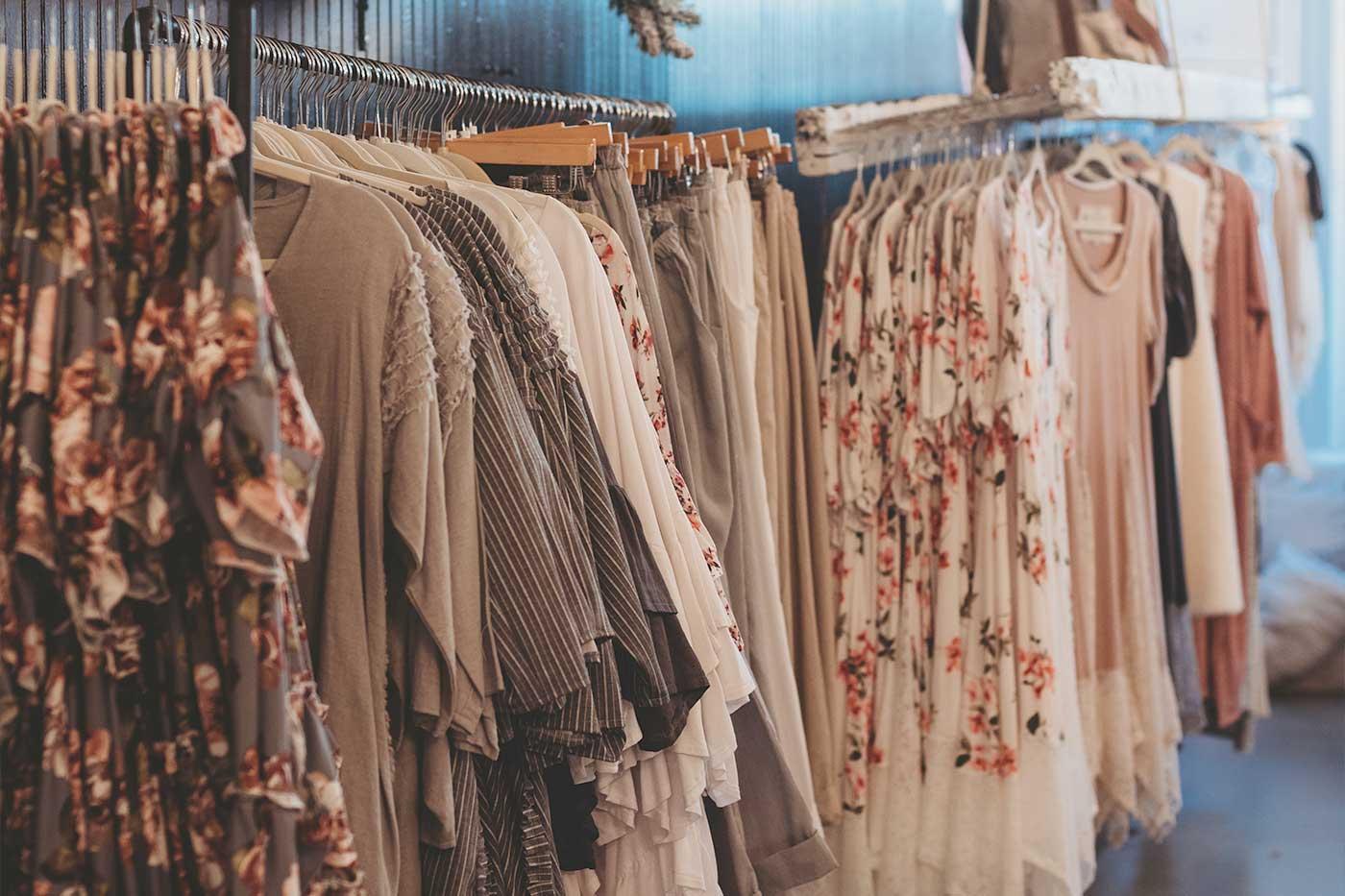Why Boutique Fashion is the Ultimate Selection for Special Design
Why Boutique Fashion is the Ultimate Selection for Special Design
Blog Article
A Deep Dive Into the World of High-Fashion Runways: Recognizing Clothing as Art
Developers, much like skillful artists, weave complex stories with fabric, color, and kind, challenging traditional standards and redefining elegance requirements. As we explore these sartorial spectacles, we must contemplate: what role does style play in forming societal worths, and just how does it show the ever-changing tapestry of human emotion and identification?
The Evolution of Runway Reveals
The trajectory of path shows has actually transformed substantially over the decades, advancing from exclusive industry events to captivating eyeglasses that mix fashion with art. Commonly, runway shows made love events, kept in ateliers or little places, mostly attended by customers and market insiders. These early presentations concentrated on the garments' craftsmanship and business feasibility, using a straight and useful display of seasonal collections.
As the fashion sector increased, the nature of runway programs began to alter. The 1970s and 1980s marked a transforming factor, with designers seeking to differentiate themselves through even more theatrical discussions.
In recent years, modern technology and social media sites have actually additionally transformed path shows, making them obtainable to an international audience. Livestreaming and electronic systems have actually democratized style, allowing fanatics worldwide to witness these events in real-time (boutique fashion). This development shows a wider social shift, where high-fashion runways offer as a vibrant intersection of technology, design, and performance
Designers as Dreamer Artists
Designers in the high-fashion sector have actually blurred the lines between functional garment creation and the conceptual world of art. By welcoming imaginative techniques such as sculpture, paint, and progressive setups, designers craft garments that challenge standard fashion standards and elevate them to art kinds.
Visionary developers attract motivation from a myriad of sources, including abstract art, historical references, and individual narratives. They have an unique capacity to picture and materialize ideas that press the boundaries of conventional style, frequently redefining aesthetic standards while doing so. This creative ingenuity is showcased via significant shapes, innovative materials, and intricate workmanship, which welcome visitors to experience style as greater than simply wearable products.
Additionally, the runway functions as a canvas for these artists, where lights, music, and established layout coalesce to create immersive experiences. These presentations are not simply displays of garments yet are managed performances that stimulate emotion and prompt idea, verifying the developer's role as a true musician in the contemporary social landscape.
Cultural Impacts in vogue
Social tapestry weaves its detailed patterns into the textile of fashion, affecting designers globally. The dynamic interchange of social stories, practices, and symbols educates and motivates collections that poise high-fashion paths.
The impact of society on fashion is often seen in the reinterpretation of traditional garments and patterns. The use of Japanese bathrobes, Indian saris, or African prints in modern fashion reflects a blend of cultural authenticity and modern-day looks. Developers such as Valentino's go now Pierpaolo Piccioli and Alexander McQueen's Sarah Burton have actually been known to integrate rich social concepts right into their couture collections, converting background into wearable art.

Advancement in Material and Style
Advancement in material and design consistently reshapes the landscape of high-fashion, pushing borders and redefining opportunities. Designers are progressively discovering the assimilation of technology, such as 3D printing, which permits for the creation of complex structures that were formerly unthinkable.
Furthermore, sustainability has come to be a pivotal theme in textile development. The fashion business is experiencing a surge in the use of environmentally friendly products, originated from recycled plastics, natural fibers, and even eco-friendly parts. These developments not only offer new structures and visual look at here appeals yet additionally address important ecological problems. Designers are welcoming these products to craft garments that are both aware and visually striking of their environmental footprint.
In regards to style, avant-garde shapes and speculative types are continually transforming the runway. By integrating unusual materials and advanced methods, designers cultivate garments that blur the line in between style and art, setting brand-new requirements for creativity and expression in the high-fashion round.
Effect of Fashion on Culture
Style wields a profound influence on society, working as both a reflection of social identity and a catalyst for social change. Through its evolution, fashion has mirrored social changes, enveloping the zeitgeist of numerous periods. The flapper gowns of the 1920s personified a newly found feeling of females's liberation, while the vibrant prints of the 1960s resembled the revolutionary spirit of the time. High-fashion runways, particularly, work as platforms for challenging standards and redefining appeal standards. Developers use these locations to address pressing social concerns, from sustainability to variety, consequently shaping public discussion.
Additionally, style has the power to bridge social voids, cultivating understanding and recognition amongst diverse teams. As globalisation accelerates, the cross-cultural exchange of fashion ideas ends up being increasingly significant, promoting inclusivity and diversity. The surge of streetwear, stemming from urban subcultures, highlights just how fashion can transcend socio-economic limits, granting individuals a method of self-expression and empowerment.
Essentially, style is not simply about aesthetics; it is a vibrant pressure that influences values, attitudes, and social development (boutique discover this fashion). By constantly engaging with cultural and social currents, style remains an integral part of the collective human experience

Verdict
Developers, similar to visionary artists, orchestrate collections that show identity, emotion, and social stories, challenging traditional aesthetics. This crossway of style and artistry not just captivates audiences globally however additionally affects social assumptions and advertises a much deeper gratitude for social diversity.

Social tapestry weaves its detailed patterns right into the fabric of fashion, affecting designers worldwide.Style possesses a profound influence on society, serving as both a reflection of social identity and a catalyst for social change.
Report this page